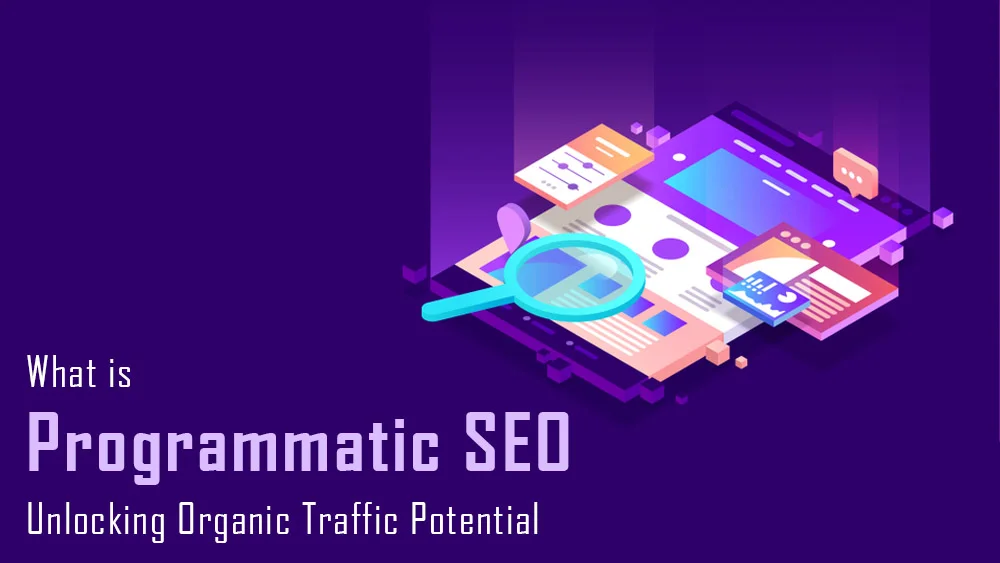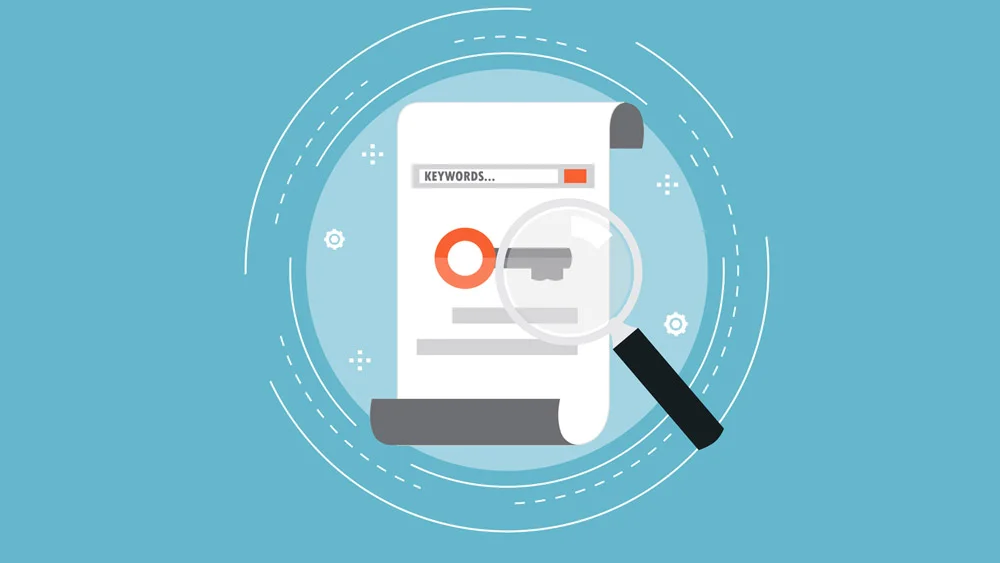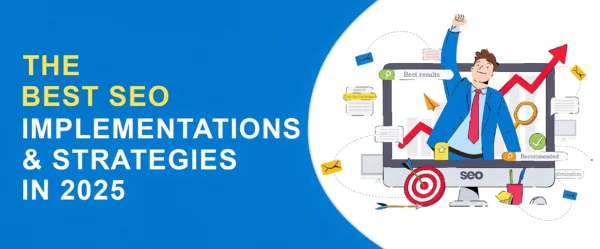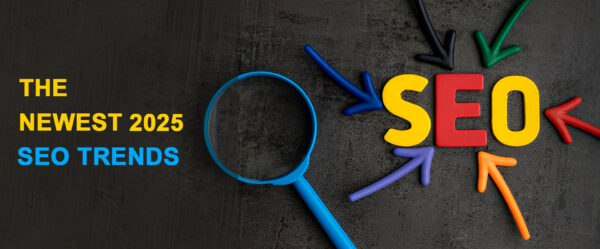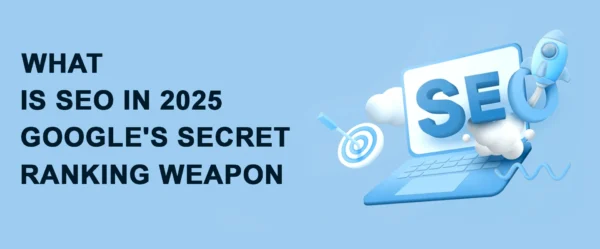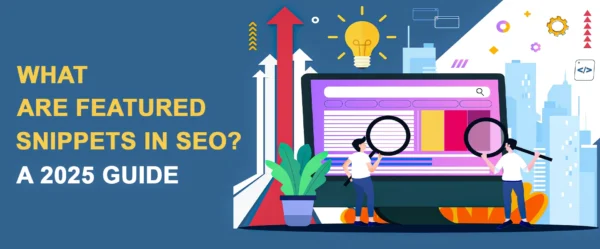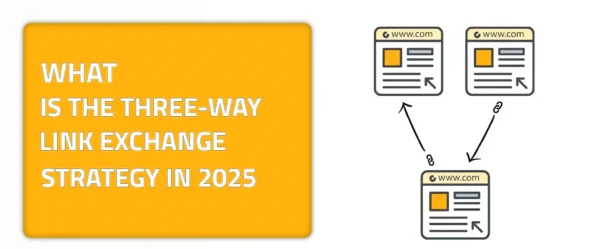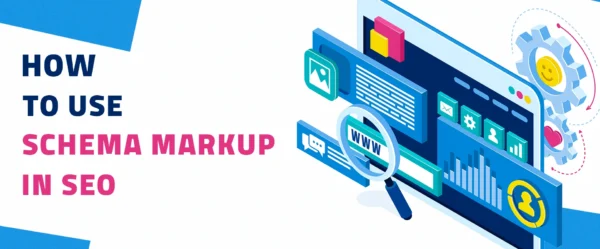How to Leverage Programmatic SEO for Better Rankings: The Full Guide
The more advanced technology gets, the less we need to get involved in tedious tasks. Since machines can now function with a higher level of intelligence and act on their own, individuals have assigned them many tasks of a repetitive nature. They are left to think more about tasks that require creativity and cognitive abilities. This capability is now known as automation and is widely utilized by many industries and markets. With this being said, it is no surprise that it made an appearance in the SEO realm, as this marked the emergence of programmatic SEO. Programmatic SEO is one of the many forms that SEO tends to have. But what exactly is programmatic SEO and in what way does it differ from the regular one?
In this article, we will dive deep into programmatic SEO and demonstrate how it benefits websites, its drawbacks, and how it works exactly.
To Begin, What Is Programmatic SEO?
Programmatic SEO is the process of creating SEO-optimized pages, either landing pages or regular ones that target specific keywords on a larger scale. This process of creation is usually automated, as it involves creating the same version of the page thousands of times, each targeting different keywords. Well, how about making it more clear? You can think of programmatic SEO as a comprehensive tool. This tool depends on pre-established data and other aspects of a website to help make adjustments accordingly. These adjustments can be minor or major, like creating new pages for example. The main technology used in programmatic SEO is automation, but it can involve others like data analytics. Programmatic SEO is socially common for websites and businesses that offer a large range of products and services, as they all depend on programmatic pages for a more seamless and streamlined experience.
So, let us lay out a real-life example. Let us say you want to go on a trip to New York and you are looking for flights. By typing “flights to NY,” you will have hundreds of results, but let us choose the first one, which is most probably Expedia, it will display a page where hundreds of flights are available. Now if you change the search query to “flights to FL” and go to Expedia, you will get the same version of the page with all the layout content. However, it is now modified to mention Florida and not New York.
The Three Main Components of Programmatic SEO
Programmatic SEO is just like any other form of SEO; it has certain comments or elements that it depends on greatly. Let us take a look at the three fundamental components that are pretty much necessary for programmatic SEO
1. Keywords with Low Competition
The first and main pillar of programmatic SEO is keywords, but not any keywords; there has to be low competition. Programmatic SEO’s first and foremost goal is to get pages to rank effectively and efficiently. This is why it puts more emphasis on low-competition keywords with less difficulty, as they are more likely to rank higher in less time.
2. User or Search Intent
Since programmatic SEO is more common for e-commerce and retail websites, it is important to greatly consider the user intent. A user intent, also known as a search intent, is the goal or objective behind the user’s search query. For programmatic SEO to be effective, you have to focus on the intent behind each keyword. This is very necessary to guide users to the right place.
3. The UX
Lastly, you can’t expect to create a thousand versions of the same page without overlooking the user experience. The user experience is already a major component of any SEO strategy. However, while working with many pages with tons of information, it is a priority. As useful as automation can be, it can hinder the UX with things like loading speed and so forth. Therefore, you need to make sure that, while having this amount running on the same layout, the UX is seamless as a breeze.
Benefits of Programmatic SEO
With this amount of adoption of advanced technologies like automation, you can expect an endless list of benefits from programmatic SEO. Well, this is true. Programmatic SEO made matters easy for many websites and businesses. It offers a plethora of advantages that we will get to explore.
Enhanced Scalability and Efficiency
Programmatic SEO uses automation to drastically improve the productivity and scalability of SEO campaigns. It might take a lot of time and effort to do traditional SEO chores like keyword research, optimizing content, and tracking performance. Those processes have become easier with programmatic SEO, which utilizes sophisticated algorithms and technologies. Automating routine workflows and tasks gives marketers more scalability, which means they can manage and optimize additional strategies and web pages at once. To top it all off, this frees up more time to concentrate on more strategic and creative undertakings, which in turn improves results and makes the most of SEO budgets.
Adaptation to Voice Search and AI
As AI-powered assistants and voice search continue to gain popularity in SEO, programmatic SEO is changing to keep up with the times and help businesses stay relevant. Experts can ensure their content is discoverable and valuable for consumers on any search engine by aiming for conversational queries, schema markup, and AI-driven content-generating technology. Example: They may boost their exposure in voice search results and provide users with short answers to their questions by optimizing content for highlighted snippets and response boxes. This, in turn, drives traffic and engagement.
Standard SEO vs Programmatic SEO
Now, let us make a small comparison. This comparison aims to tackle the major differences between standard SEO, which we are all used to, and programmatic SEO. So, let us get started.
When it comes to improving the visibility of a website in search engine results, there are two separate strategies: standard SEO and programmatic SEO. Each of these approaches has its own methodology and goal. Traditional SEO, or standard SEO, relies on human-dependent optimization processes like keyword research, content creation, on- and off-page SEO, link exchange, and technological SEO optimizations. The strategy’s assessment of information and decision-making processes rely substantially on human involvement and knowledge.
Programmatic SEO, in contrast, makes use of AI and other forms of automation to standardize and expand SEO processes. To optimize content, enhance website performance across channels, and make real-time adjustments, it uses data-driven insights. Programmatic SEO emphasizes efficiency and scalability via technological procedures and strategies, in contrast to standard SEO’s emphasis on human contribution and innovative thinking.
Can Programmatic SEO Do More Harm Than Good? Cons of Programmatic SEO
Programmatic SEO, while offering numerous benefits in terms of automation and efficiency, also comes with its fair share of drawbacks and challenges. Here are some cons associated with programmatic SEO, each elaborated upon
Loss of Personalization and Human Touch
The possible loss of customization and the human factor in optimization tactics is one of the main downsides of this form of SEO. While bots can automate routine tasks and process massive amounts of data with ease, they might not have the sophisticated knowledge or novel concepts that human SEO professionals do. Understanding user intent is crucial for SEO performance but can be difficult to achieve with automated processes alone.
Potential for Inaccurate Data Interpretation
Data analysis is the backbone of programmatic SEO tools‘ optimization decision-making processes. The dependability and correctness of the processed data, however, determine how precise these choices will be. Because the automation could make incorrect predictions or miss important trends and patterns if the data is inaccurate or missing, inefficient optimization tactics can result. Also, automated systems could make mistakes since they don’t have the context and subject knowledge needed to analyze data correctly.
How to Use Programmatic SEO 101
1. Find Suitable Keywords and Plan Your Content
The first step in following programmatic SEO is keywords and content. You will first need to conduct keyword research and choose the competition keyword that would suit your website’s and the page’s purpose. This research has to be thorough to ensure the effectiveness of the targeted keywords. You can easily do this through SEO tools like SEMrush and Google Keyword Planner. After the keyword research, you would need to plan the content based on them. Make sure that the content is relevant and addresses the user’s intent effectively.
2. Create a Page Template
The second step would be creating the page template. Remember that this page template will be repeated many times, so it has to be detailed, organized, and accurate. The page should be suitable to include all the necessary data and content seamlessly without hindering the user experience.
3. Connect The Page to Your Database
The database in this form of SEO is the place that holds all the information and data displayed on all pages. So, both building and connecting a database are necessary steps to make the whole strategy work. Databases could be created in multiple ways, such as through Excel sheets or platforms like Airtable. After creating the database, you will sync it with the website to retrieve the stored information.
4. Publish Your Page
The last step is definitely publishing your page. By syncing the database, your pages will be ready to be displayed and published for all users to read and visit. When publishing, you have to make sure to publish each page at once and monitor the performance to avoid the chances of them being overlooked and undiscovered. And by doing so, you can go on to enjoy the many advantages and endless success programmatic SEO can accomplish.


